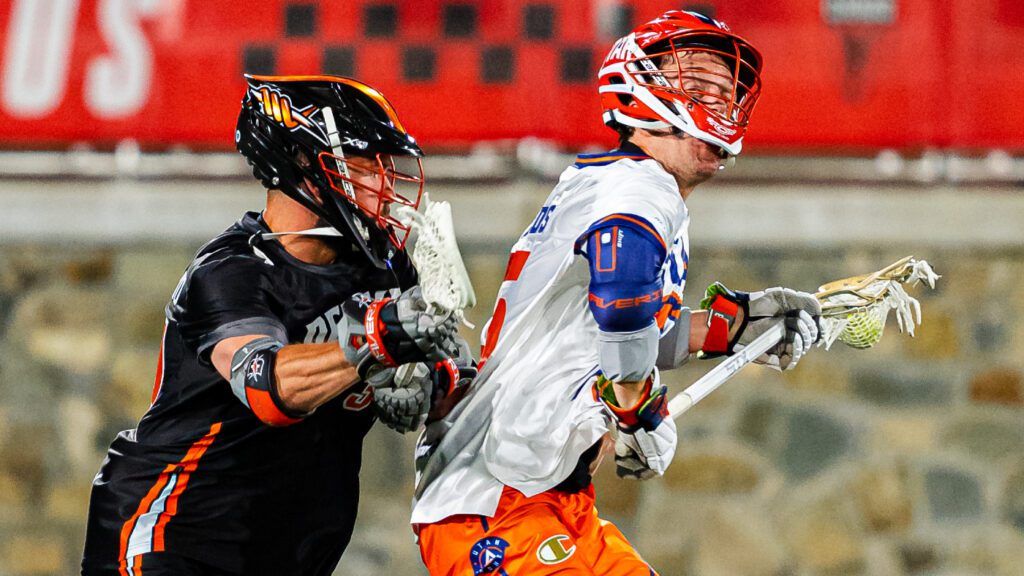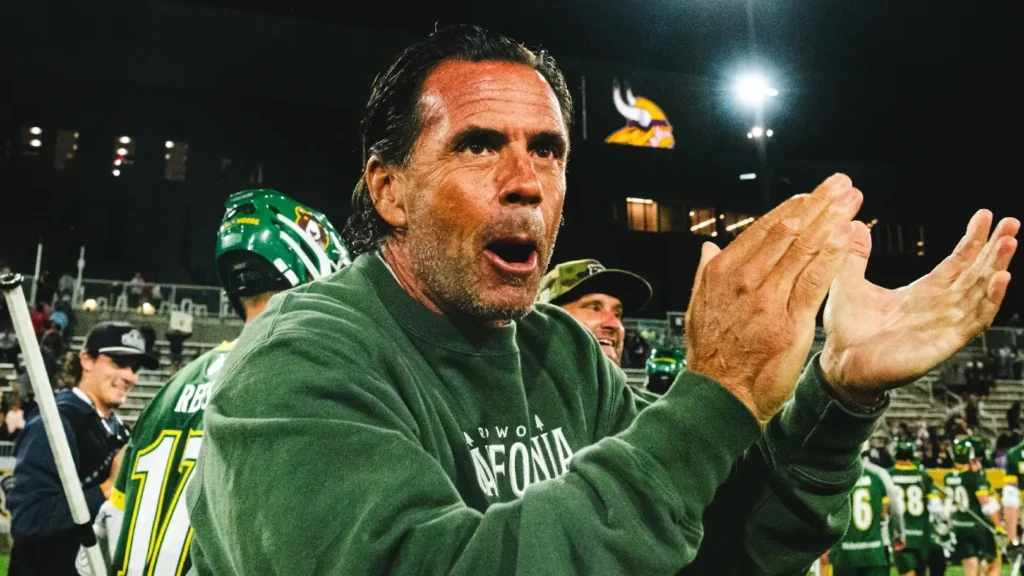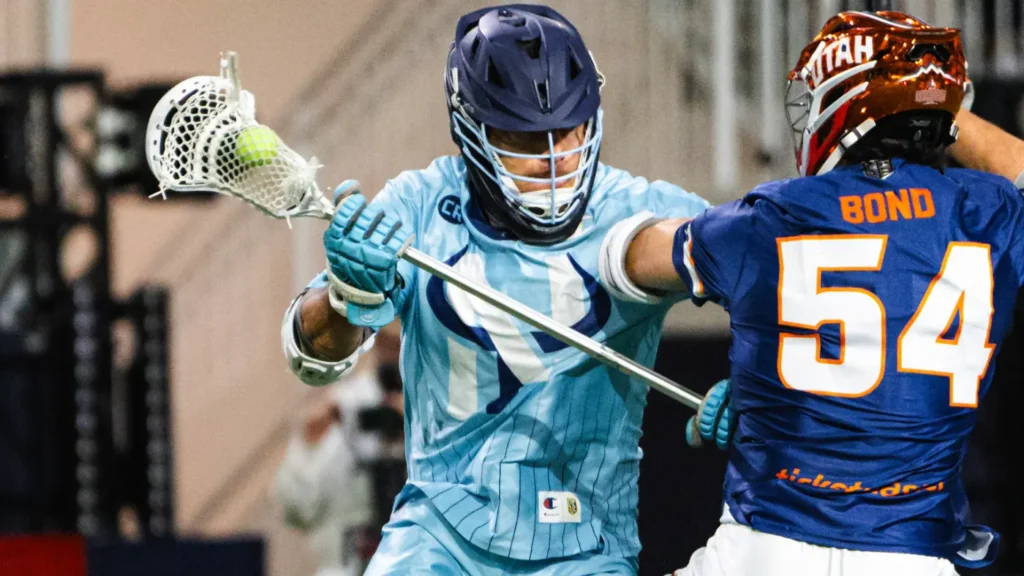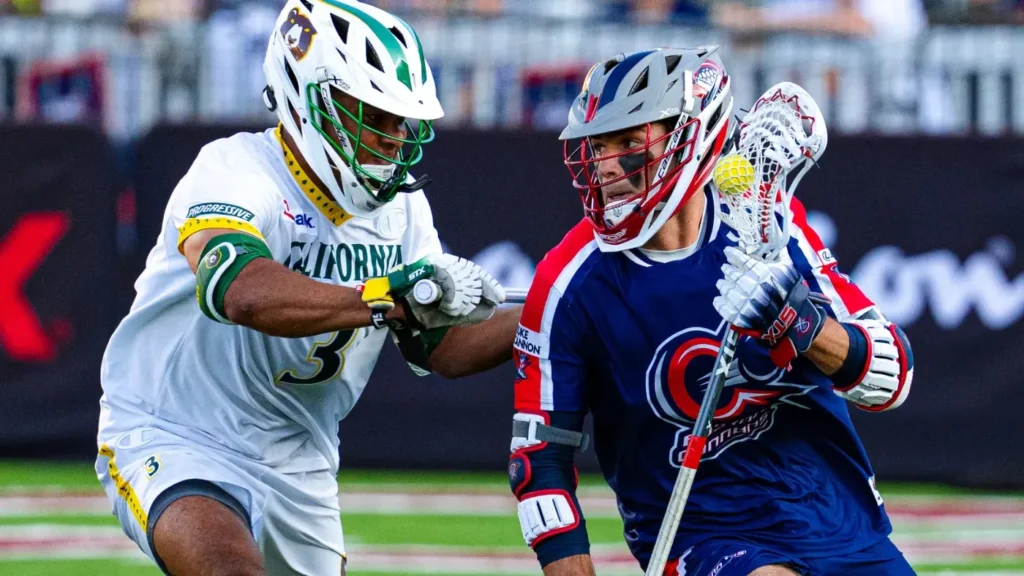
Why Archers’ offense has been so streaky – and how they can fix it
By Zach Carey | Jun 10, 2024
Through two games, the Utah Archers have already endured scoring droughts of 7:03, 8:10, 8:20, 13:15 and 20:23.
The offense has scored 14.5 points per game – good for second in the league behind only the 3-0 New York Atlas. But the Archers’ struggle to manufacture goals when they were necessary cost them against the Denver Outlaws on Friday night.
“There were times where we felt like we were unstoppable and times where we couldn’t get out of our own way,” head coach Chris Bates said after Utah’s 18-17 overtime loss. “It's been an issue, clearly. So we’ve got to find a way to manufacture goals and manage a game better. … Being that streaky is not ideal, for sure.”
Following a seven-goal first quarter versus Denver, Utah didn’t score for the entirety of the second. The Archers scored another seven points in the third. But they then were outscored 11-3 over the final 17:33 of game time.
The week prior, Utah didn’t find the back of the net once in the last 20:23. Only Brett Dobson could save the club from falling to the Philadelphia Waterdogs after Philly scored seven straight in the second half.
Part of the problem on Friday was that the Archers lost the faceoff battle. Utah lost all but two of the final 14 faceoffs in the game, with Denver’s Luke Wierman dominating against Mike Sisselberger late.
After Grant Ament put the club up 17-14 with 3:39 left in regulation, the Archers offense didn’t possess the ball again until the 1:15 mark, by which point Denver had tied things up at 17 apiece.
“That was a big deal,” Bates said. “It just felt like we didn’t have the ball, and we didn’t … I think offensively we then started to press a little bit.”
When Utah did get the ball late, the offense’s reliance on dominating individual matchups came back to bite them.
The Archers’ offense can be so deadly because of the matchup issues it poses for opposing defenses. The individual performances from Ament (2G, 1A), Tre Leclaire (5G), Connor Fields (4G, 1A) and Mac O’Keefe (3G, 1T) proved that. When those guys are clicking alongside Tom Schreiber, Matt Moore and Ryan Ambler, it’s a sight to see.
But there are also times when the offense has been too focused on generating shots off an initial dodge. Against Denver, the club averaged just four passes per shot. For context, Denver averaged 5.4 on Friday, and Utah averaged 6.1 against the Waterdogs in Albany.
On the Archers’ final three possessions of Friday’s loss, they only made three passes total. Three. Two of those possessions didn’t include a single pass. In a tight game in which Utah didn’t have the ball much late, not running more offense to get the defense off-balance was costly.
“We’re still figuring ourselves out to some degree in terms of, in big moments, what we’re going to turn to,” Bates said. “There’s a lot of dudes on our offensive end that can make plays. We just need to find that right mix and right balance so that in those moments we can maturely manufacture a really good possession and hopefully stem those tides.”
Since the beginning of the 2023 season, the Archers have had to emphasize getting to the goal quickly because of their dominance at the faceoff stripe. Sisselberger’s 40% win rate on Friday was the lowest of his career. So growing pains from adapting back to playing with a 52-second shot clock more often are understandable. And trusting the elite dodgers and feeders that Utah has to make plays in big moments is far from unwise.
Yet to produce more sustainable offense across 48 minutes, prioritizing ball movement should be the solution. That’s not to say isolating against matchups or two-man games that favor the Archers should go out the window. But the ball has been dying in guys’ sticks too often.
Expanding beyond just dodging to shoot or feed and establishing offensive rhythm by keeping the ball hot like the Archers of old should allow them to avoid the tedious scoring droughts that have opened the door for their opponents so far this season.





